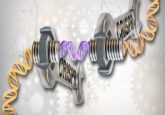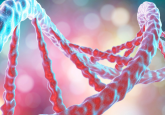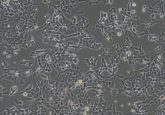Novel CRISPR-Cas9 platform delivers gene editing across cell membranes
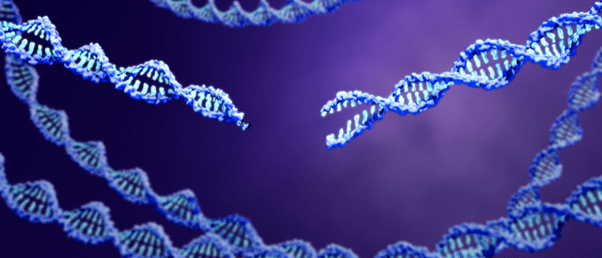
A new class of spherical nucleic acids has been developed to deliver CRISPR-Cas9 machinery across cell membranes and into the nucleus, without the need for transfection agents.
The applications of the CRISPR-Cas9 system for genetic editing have exploded since its discovery in 2012, for which Emmanuelle Charpentier (Max Planck Unit for the Science of Pathogens, Berlin, Germany) and Jennifer Doudna (University of California, Berkeley, CA, USA) were awarded the Nobel Prize in Chemistry in 2020. CRISPR-Cas9 has revolutionized basic science and beyond; however, it is limited by its inability to efficiently deliver key gene-editing components to tissues and across cell membranes.
A research group led by Chad Mirkin (Northwestern University, IL, USA) has combined spherical nucleic acids (SNAs) and gene-editing technology to expand the range of tissues, cell types and intracellular compartments that the CRISPR-Cas9 machinery can be delivered to, which could change the landscape of CRISPR-based therapeutics.
The first type of SNA was invented by Mirkin’s research group in 1996. These structures were usually comprised of spherical nanoparticles covered with DNA or RNA, giving them different chemical and physical properties to nucleic acids found in nature. Since then, different classes of SNAs have been developed consisting of cores and shells with different chemical compositions or sizes.
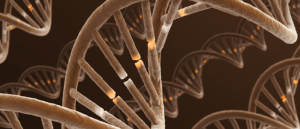 Origami DNA is unfolding the mysteries of mechanical cell signaling
Origami DNA is unfolding the mysteries of mechanical cell signaling
A three-dimensional DNA origami robot has been developed to probe the mechanism of recently discovered cellular receptors sensitive to touch and force.
“We already know that SNAs provide privileged access across the skin, the brain, the eyes, the immune system, the GI track, heart and lungs,” explained Mirkin. SNAs can enter cells without using transfection agents, which are often needed when delivering genetic material into cells. This led the research group to utilize SNAs to deliver CRISPR-Cas9 to places that were previously inaccessible.
The research group developed a way to transform the Cas9 protein into an SNA, which was then loaded with the necessary components to deliver the machinery across the cell membrane. The resulting SNA is called Cas9 ProSNA.
Cas9 is at the center of this new type of SNA, to which DNA strands are attached. To maximize its efficiency, the Cas9 ProSNAs were also preloaded with RNA that could perform gene editing and fused with peptides to control their ability to navigate barriers within a cell.
This novel SNA was tested across human and mouse cell lines; it successfully delivered the cargo needed to generate the CRISPR-Cas9 machinery while retaining its bioactivity and gene-editing capabilities, exhibiting a high gene-editing efficiency between 32% and 47%.
Mirkin concluded, “when this type of access is coupled to one of the most important innovations in biomedical science in the last quarter-century, good things will follow.”
